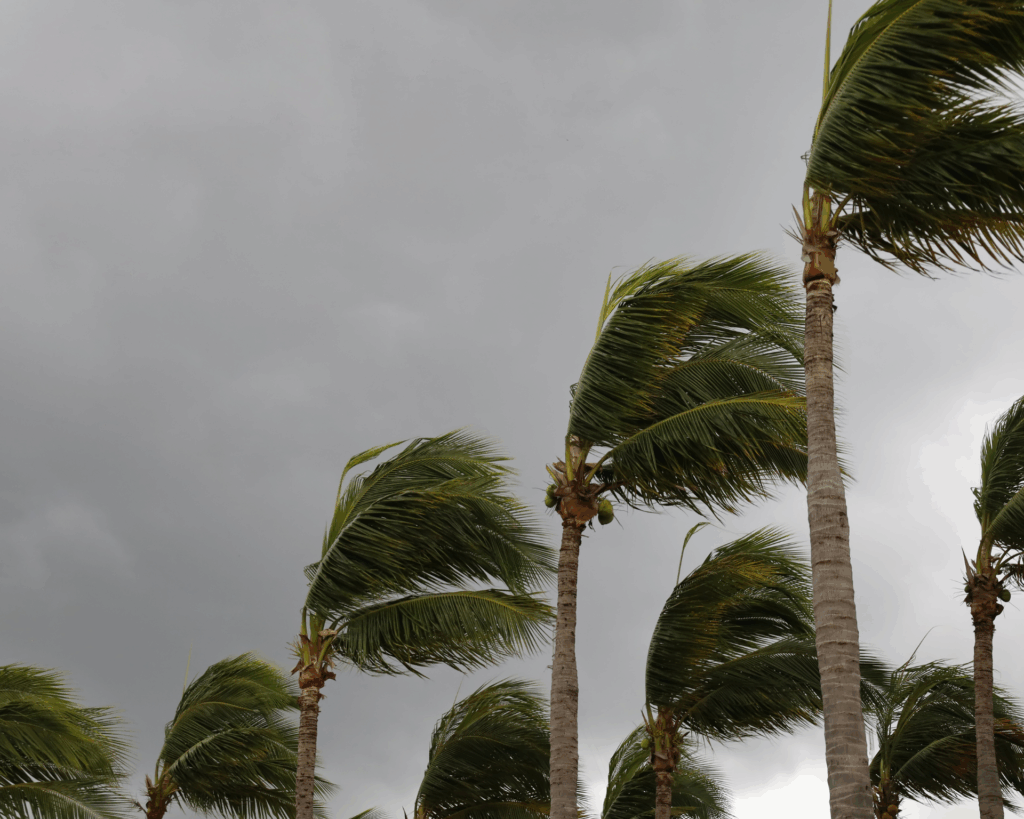Twitter-Based Place Connectivity, Concentrated Disadvantage, and COVID-19 Fatality
High place connectivity–similar to higher road or air connections–was found to promote population mobility, resulting in an increase in COVID-19 cases and fatalities.

Read Time: 3 minutes
Published:
The COVID-19 pandemic has highlighted the unequal impact of infectious diseases on different neighborhoods, with areas of concentrated disadvantage experiencing higher death rates. However, it remains unclear whether a disadvantaged area’s higher connectivity to the outside world can result in even higher fatality rates. To address this gap in knowledge, our team conducted a study using Twitter-based place connectivity to investigate the relationship between place connectivity, concentrated disadvantage, and COVID-19 fatality in the United States.
We employed a method that involved calculating the place connectivity index (PCI) using geotagged tweets. Specifically, in 2019, if an individual user posted a tweet in county A and subsequently posted another tweet in county B, this generated a PCI-related connection between county A and county B. For further information on the PCI, please refer to Li’s work. The place connectivity of county A was then computed as the sum of the PCI of county A to all other connected counties. For example, the place connectivity of Queens County in New York was determined by adding up its PCI with more than 3,000 other connected counties, including Kings County in New York, Richland County in South Carolina, and Santa Cruz County in California. Concentrated disadvantage was measured based on Sampson’s definition, with a higher disadvantage index indicating worse socioeconomic conditions for a county. The COVID-19 outbreak was divided into four phases based on CDC standards up to October 31, 2021.
By understanding the unequal impact of infectious diseases on different neighborhoods, we can develop evidence-based strategies to improve health equity and interrupt transmission in concentrated disadvantaged areas.
After conducting an analysis of county-level data, our findings suggest that concentrated disadvantage has a significant impact on COVID-19 fatality rates. And place connectivity strengthens the positive relationship between concentrated disadvantage and COVID-19 fatality. In other words, a county with concentrated disadvantage and high Twitter-based place connectivity is likely to experience even higher COVID-19 fatality rates. This highlights the importance of place connectivity in exacerbating fatality rates in disadvantaged areas, as many people in these areas are essential workers and need to work outside of their homes during the outbreak. High Twitter place connectivity, similar to higher road or air connections, promotes population mobility, resulting in an increase in cases and fatalities.
Additionally, we found that the strengthening effect of place connectivity became stronger over time as travel restrictions were gradually lifted and people began to travel using various transportation modes, making the role of place connectivity more apparent.
We suggest that timely monitoring of outbreaks in areas of concentrated disadvantage with high place connectivity can aid in identifying potential epidemic hotspots and vulnerable areas. This will contribute to evidence-based decision-making in secondary prevention strategies and efforts. The study also suggests that it’s important to give extra resources to areas that are both poor and have good transportation, such as providing financial assistance help poor people in these areas.
Our study sheds light on the link between concentrated disadvantage and COVID-19 fatality, and highlights the role of place connectivity in combating COVID-19 and future infectious diseases. By understanding the unequal impact of infectious diseases on different neighborhoods, we can develop evidence-based strategies to improve health equity and interrupt transmission in concentrated disadvantaged areas.
Photo via Getty Images




